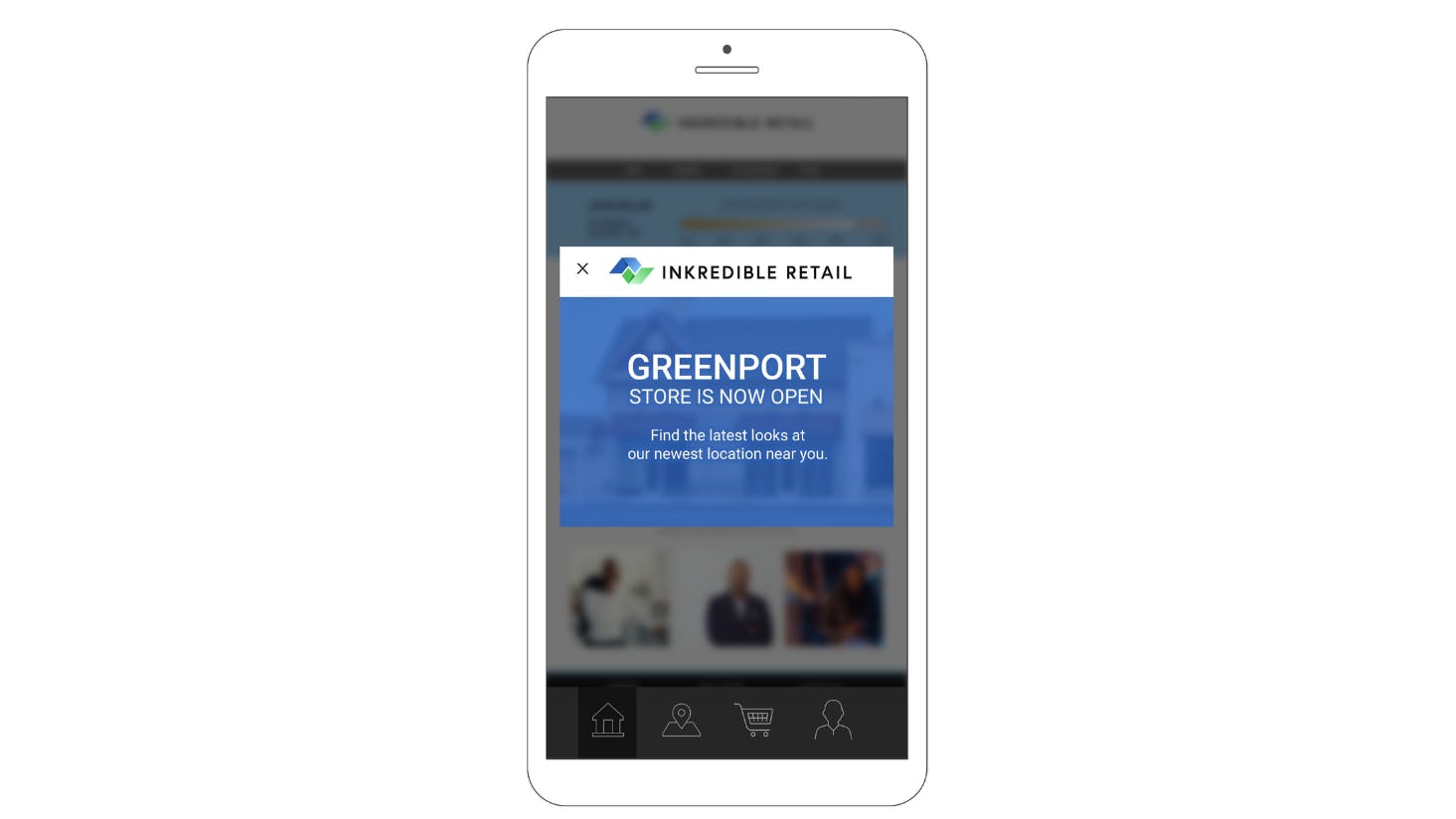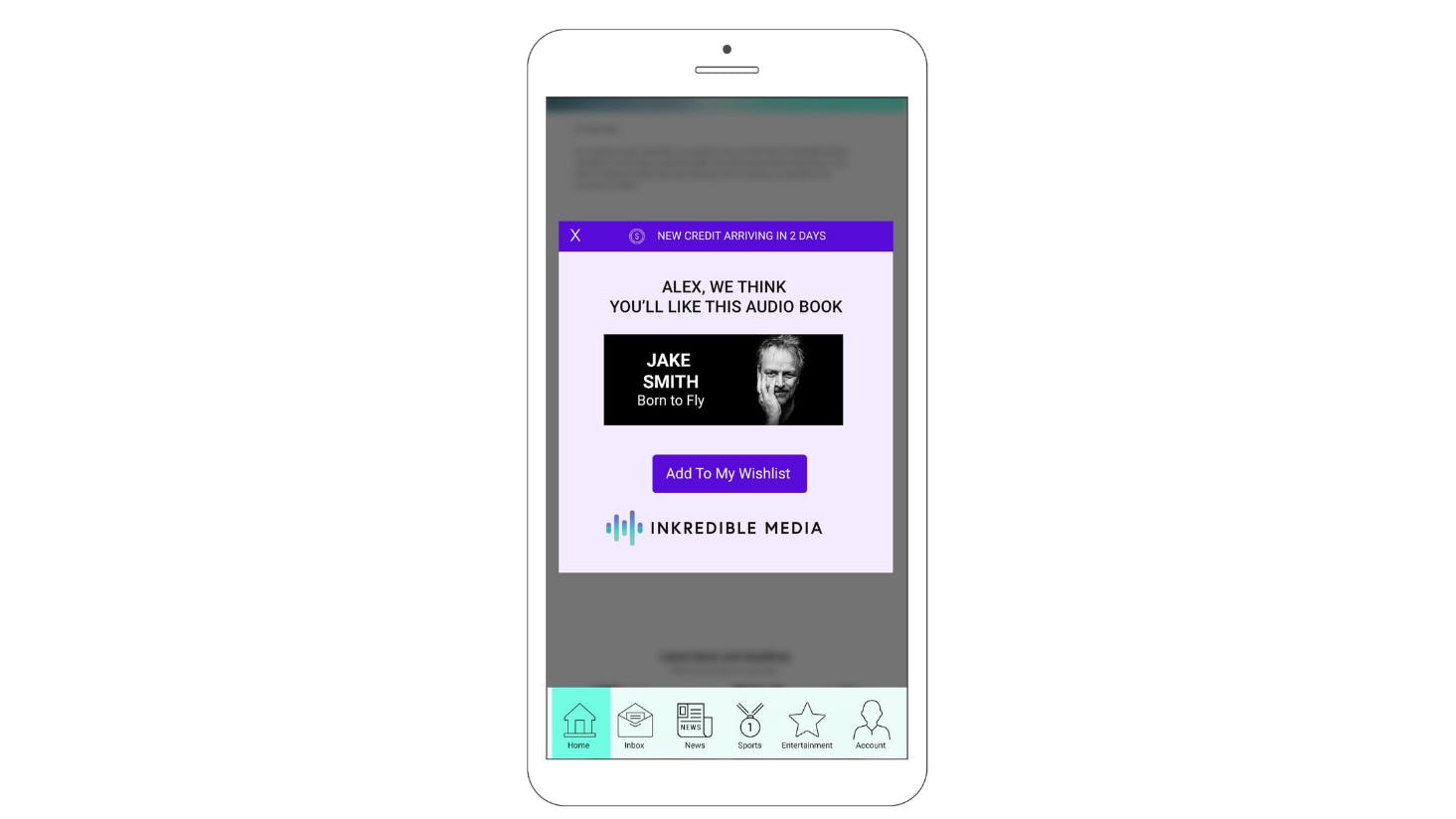Three mobile campaigns that quickly grab consumer attention
Mobile users are always on the go. In this guest post, Shannon Cook, Director of Go-to-Market Enablement at Movable Ink, shares three mobile campaigns you can use to capture, and hold, your customers' attention.
This article was originally posted on Movable Ink's website here.
Time is of the essence. When someone receives a mobile notification or opens an app with only a few seconds to spare, brands have a small window to grab their attention. “The average human attention span has fallen from 12 seconds to eight seconds,” Retail Dive writes about the challenges facing mobile marketers. “That is shorter than the attention span of a goldfish.”
One of the consistent arguments in favor of visual personalization, especially for mobile messages, is its ability to quickly grab attention by providing two key spotlights that absorb consumers and encourage them to stay focused on marketers’ intentions.
First, images persuade the eyes to focus more acutely on what’s in front of a consumer. Second, personalized content such as name, product recommendations, or loyalty information helps the brain understand that this is something valuable.
The question for many brands is how to create a strategy that stops consumers in their tracks. Mobile personalization requires creative, eye-popping visual content that is matched to data unique to each consumer. If you’re curious how brands create 1:1 mobile messages that stand out, here are a few examples that can jumpstart your team’s strategy sessions.
Recognizing Customer Loyalty

People crave recognition. When consumers are loyal to a brand, it’s up to the brand to recognize and reward that allegiance. The Inkredible Travel notification above utilizes first-party data, fed in from an API data source, to visualize a customer’s loyalty points, while also displaying how many trips the customer booked the previous month, and when the user became a loyalty member. The campaign–which creates a seamless cross-channel experience by pulling information from a similar email–presents recipients with a CTA specific to their points level, taking members to an in-app landing page that shows exclusive deals for the 50k points tier.
The mobile campaign wastes no time in establishing a personal connection with the consumer. The monthly review begins with the customer’s name, asking a pointed question that encourages the customer to think of where they’ll travel next. Inkredible Travel also segmented the CTA. When a customer clicks the link, they are taken to a page that features offers matching their points level, which maximizes redemption and increases sales.
Location Targeting with First-Person Data

It’s safe to say 2021 is the year that eCommerce and brick-and-mortar marketing strategies combined. Both options are beneficial to consumers, especially those that are still anxious about in-person shopping. The smartest brands understand the fluidity of online and in-person shopping post-pandemic. That’s why store location notifications are pivotal to any consumer brand’s personalization plan.
The in-app message above notifies a customer that their preferred store is now open and ready for in-person shopping. The Inkredible Retail brand leveraged first-party data, including zip code and nearest store ID to the customer, to decide exactly which brick and mortar location to display.
The message displays when someone opens the retailer’s app, which means they are receiving a personalized re-opening message while browsing products or shopping online, an ideal time to remind consumers of their in-person options. The U.S. is currently in the middle of regional re-openings, and brick and mortar sales will be incredibly valuable for consumer brands that can successfully entice consumers back to stores.
Product Recommendations that Boost Sales

According to Accenture’s Personalization Pulse Check, “91% of consumers are more likely to shop with brands (that) recognize, remember, and provide relevant offers and recommendations.” The study goes on to say that almost half of consumers have purchased from a different company if a brand’s recommendations are “poorly curated.”
API-driven notifications like the one seen above give consumers exactly what they are looking for with every notification. The message uses a recommendations API to suggest new shows based on someone’s previous listening and buying patterns, tailoring the content to a customer’s unique behaviors. The notification’s content block is layered with several data points, including the API and first name data, and is especially useful for new or lapsed customers that need a slight nudge toward re-engagement.
The Time for Mobile Personalization is Now
Recent trends have impacted the need for mobile personalization. eCommerce and Brick and Mortar strategies are no longer separate. Apple’s Mail Privacy Protection may increase the value and opportunity of mobile marketing, and increased mobile usage means more consumers are shopping on their phones, especially through branded apps.
For more information on personalizing every mobile touchpoint, check out Movable Ink’s ebook, Personalizing the Mobile Customer Journey.



